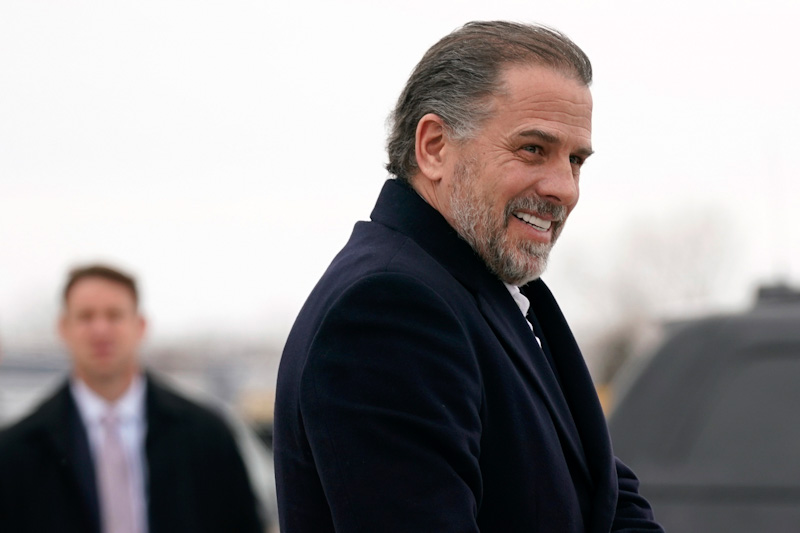Climate-Resilient and Accessible Architecture – Bill of Health
By Abhishek Kumar and Kavya Poornima Balajepalli
Climate change is the gravest threat currently faced by human civilization, and our architecture must internalize this reality of our time.
Knowing that the best way to protect people from climate chaos is by tackling inequality, it is critical that our built environment integrate universal design, as lack of accessibility has cascading and compounding impact on vulnerable communities, and especially persons with disabilities.
The convergence of climate change and inaccessibility jeopardizes global goals and our common future. Because of the lack of climate-resilient and accessible infrastructure, vulnerable communities, including children and persons with disabilities, can be more sensitive to the effects of climate change, more exposed to its effects, and less able to adapt and mitigate.
Architecture design plays a crucial role in disability-inclusive disaster risk reduction, as non-accessible infrastructure will deter early warning and effective evacuation of vulnerable communities.
As a developing country, construction in India has focused on providing affordable housing for the growing needs of our large population. We mindlessly ignored our vernacular architectural techniques, which were climate responsive, and now it’s costing us as western architecture is making climate change worse.
Climate-responsive architecture and Universal Design have been part of the built environment in India as an ancient practice for ages. Houses were constructed with vernacular construction techniques (developed over thousands of years to cope with the extremes weathers of different regions, which incorporates topography, environment, climate, local resources, cultural landscape, values, and other important aspects during construction). As an integral part of Indian tradition, extended families often live together, and vernacular architecture reflected that, taking into consideration elderly, children, women, and persons with disabilities in its design.
The absence of climate-sensitive architecture increases vulnerability and the cost of living, including heating and cooling facilities, health care expenses, et al., putting vulnerable communities at higher risk.
Climate change increases the risk of violence and creates other inhumane situations, depriving people of their basic human rights and inherent dignity. Billions around the globe are just one medical emergency (triggered by climate change) away from slipping into the vicious cycle of poverty because of their increased cost of living (medical expenses), loss of income, and capability deprivation. Persons with disabilities are doubly at risk due to their disproportionate vulnerability and inaccessible medical infrastructure. Climate change affects sleep, decreases productivity, and more. Our legacy for the future generation should stand for sustainability and inclusion. Vernacular architecture is climate resilient and caters to diverse needs while embedded in our culture and civilizational values.
Given scarce resources, we must prioritize climate resilience and accessible infrastructure together as we build forward, especially when the lack of both affects people with disabilities the most. It’s apt to cite Chanakya’s dictum, ‘कालाति क्रमात् काल एव फलम पिबति‘ (meaning – when the right action is not taken at the right time, then time itself defeats the purpose of such action). With every failed UN Climate Change Conference of Parties and extension to the deadline of the accessibility initiatives (like the Accessible India Campaign), humanity is losing out on a generation who are deprived of their optimum capability and thus struggle to mitigate and adapt to the impacts of climate change and disasters because of the absence of climate resilient and inaccessibility infrastructure that’s depriving children with disabilities from education and persons with disabilities from medical and other basic facilities.
As we cross the rubicon, knowing that resources are scarce with respect to climate finance and accessibility budgeting, we must ensure that we ‘Build Forward Better‘ and not ‘Build Back Better‘ because building back would only restore the pre-disaster status quo, which was neither climate resilient nor accessible. Ergo, we need to build forward – resilient and accessible infrastructure – together based on the principle of ‘leave no one behind‘.
Abhishek Kumar is a NCPEDP-Javed Abidi Fellow on Disability and Curator of The Sangyan.
Kavya Poornima Balajepalli is a NCPEDP-Javed Abidi Fellow on Disability and Curator of Poornamidam.






